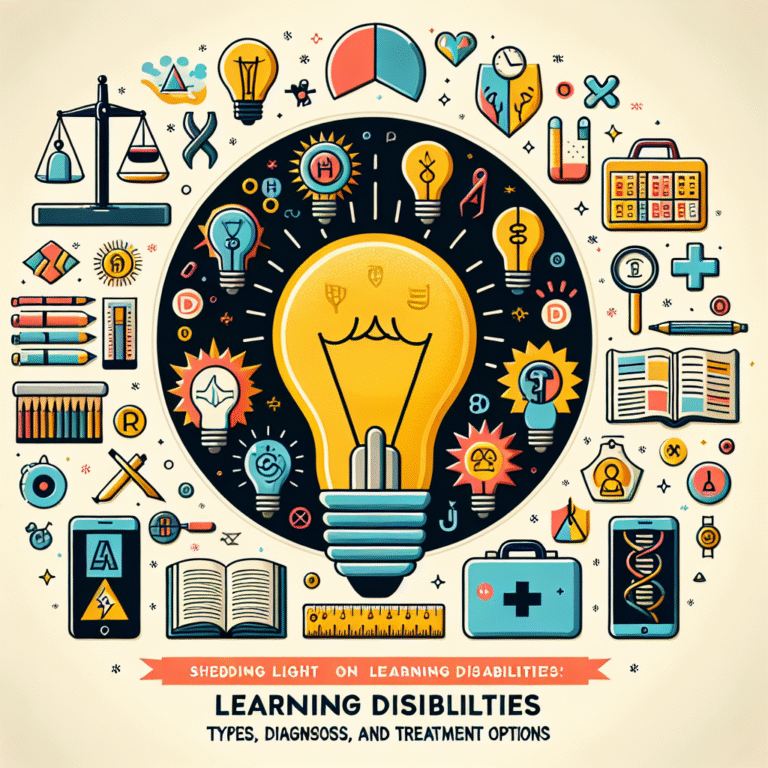
Introduction
Memory isn’t just a mental vault where we stash away information; it’s a dynamic, living process that shapes our lives. In our fast-paced world, mastering the art of remembering has never been more crucial. Whether you’re a student, a professional, or simply someone striving for personal growth, effective memory encoding can make all the difference. Imagine walking into meetings with confidence, acing exams, or rekindling fond memories with ease; this is the power that comes from understanding The Art of Remembering: Techniques for Effective Memory Encoding. Let’s embark on a journey through innovative memory techniques that can revolutionize the way you learn and remember.
Understanding Memory Encoding
What is Memory Encoding?
Memory encoding is the initial step in the memory formation process. It is when we take in information through our senses and convert it into a construct that can later be stored and retrieved. Memory encoding involves three main processes: acquisition, storage, and retrieval. Without effective encoding, the likelihood of successful retrieval diminishes.
Types of Memory Encoding
Memory encoding can be classified into several types:
- Semantic Encoding: Linking information to your existing knowledge.
- Visual Encoding: Using imagery to boost retention.
- Acoustic Encoding: Encoding sounds and auditory information.
Understanding these different types is crucial for optimizing The Art of Remembering: Techniques for Effective Memory Encoding.
Techniques for Effective Memory Encoding
1. The Method of Loci
Often referred to as the "memory palace" technique, the Method of Loci involves associating information with specific physical locations. You mentally "walk" through a familiar place, like your home, and place items you want to remember along the way.
Case Study: Josh Foer, the U.S. Memory Champion, used the Method of Loci to excel in memory competitions. He visualized a familiar route, associating each piece of information with vivid images along that path, enabling him to recall thousands of digits of pi.
Relevance: This technique illustrates how spatial awareness can enhance memory encoding, effectively utilizing our cognitive maps.
2. Chunking Information
Chunking is breaking down complex information into smaller, manageable units. This technique is particularly effective for retaining numbers and lengthy lists.
| Chunked Information | Explanation |
|---|---|
| 1234567890 | 123-456-7890 |
| ABCDEF | A-B-C-D-E-F |
Case Study: Psychologist George A. Miller’s research in the 1950s showed that people can hold 7±2 chunks of information in their working memory. This principle is widely used in phone numbers and credit card formats.
Relevance: The case study emphasizes how chunking allows for effective memory encoding by making information easier to digest.
3. Use of Mnemonics
Mnemonics harnesses the power of rhythm, rhyme, and association to improve memory. Creating acronyms or phrases can make recall easier.
Example: "PEMDAS" for the order of operations in mathematics (Parentheses, Exponents, Multiplication and Division, Addition and Subtraction).
Case Study: Students who used mnemonics in their studies scored 20% higher on tests compared to those who did not.
Relevance: This demonstrates that playful techniques can make memory encoding more engaging and effective.
4. Spaced Repetition
The principle of spaced repetition revolves around revisiting information at increasing intervals. This technique is founded on the forgetting curve concept, which posits that we tend to forget information over time if not revisited.
Example Chart: Spaced Repetition Schedule
| Day | Information Reviewed |
|---|---|
| 1 | Learn new material |
| 2 | Review material |
| 4 | Review again |
| 7 | Another review |
| 14 | Final review |
Case Study: Language learners utilizing spaced repetition systems, like Anki, show dramatic improvements in vocabulary retention levels.
Relevance: This case underlines the importance of timing in memory encoding and retention.
5. Visualization Techniques
Visual aids can significantly enhance memory. Creating vivid mental images related to the content can provide additional cues for recall.
Example: If you need to remember a grocery list, imagine walking through a supermarket, picturing each item in the cart vividly.
Case Study: A study showed that participants who used visualization techniques scored 30% higher on recall tests than those relying on traditional methods.
Relevance: Visual techniques underscore how creativity in memory encoding can lead to significantly better recall.
Practical Applications of Memory Encoding Techniques
Education
Memory encoding techniques are invaluable in educational settings. Students who actively engage with material through visualization and mnemonics tend to outperform their peers in quizzes and examinations. Leveraging The Art of Remembering: Techniques for Effective Memory Encoding can lead to a deeper understanding and retention of subject matter.
Professional Development
In the workplace, effective memory techniques can enhance presentations, negotiations, and employee training sessions. Professionals who remember key data points or client details are often more successful in their roles.
Everyday Life
Memory techniques extend beyond formal settings. Whether remembering names, appointments, or personal goals, employing these techniques can lead to a more organized and fulfilling life.
Conclusion
Mastering The Art of Remembering: Techniques for Effective Memory Encoding can profoundly transform your learning and retention capabilities. By incorporating techniques like the Method of Loci, chunking, mnemonics, spaced repetition, and visualization, you’re not just memorizing; you’re encoding experiences that last a lifetime.
Remember, the ability to recall information is not solely a matter of intelligence; it’s about strategy and practice. Challenge yourself to implement these techniques, and watch as your memory unfolds new dimensions of clarity, comprehension, and confidence.
FAQs
1. What is memory encoding?
Answer: Memory encoding is the process of transforming sensory information into a format that can be stored in memory. It encompasses acquisition, storage, and retrieval.
2. How does chunking improve memory?
Answer: Chunking improves memory by breaking down complex information into smaller, manageable units, making it easier for the brain to process and retain.
3. Can mnemonic devices really help with memory?
Answer: Yes, mnemonic devices can significantly enhance memory by creating associations and cues that facilitate easier recall.
4. What is the forgetting curve?
Answer: The forgetting curve illustrates how information is lost over time if not reviewed. Spaced repetition helps counteract this effect.
5. How can I apply these techniques in daily life?
Answer: You can apply these techniques by using visualization for appointments, mnemonics for learning new information, and spaced repetition for studying or mastering skills.
By understanding and implementing The Art of Remembering: Techniques for Effective Memory Encoding, you embark on a powerful journey that enhances not just your memory but your entire life. Embrace these strategies and unlock your mind’s potential today!

















